I had been a bartender for just under three years when I was promoted to run the bar program at the historic Public Hotel in Chicago. Originally known as the Ambassador East Hotel, it housed the world famous Pump Room, an exclusive restaurant and favorite watering hole for countless celebrities and captains of industry from 1938 when it was opened until it was purchased by Ian Schrager in 2010 and re-branded as Public. When Public opened in 2011 it was the hottest nightlife spot in Chicago. For nearly two years there was a line out the door on the weekends. Everyone was beautiful and dressed to the nines, just wanting to see and be seen.
I had spent the first year of my bartending career as a nightclub bartender for the biggest, dirtiest, craziest nightclub in San Francisco, 1015 Folsom. It was the kind of place the bartender would get upset if you asked for even a simple cocktail. My girlfriend had moved to Chicago around the same time I started my job at 1015. We did long distance for a year before I decided to take the leap and move to Chicago to be with my love. When I first got to Chicago I got hired by a high end Mexican concept called Mercadito. This seemed like the perfect foray from high volume to the world of craft cocktails. The beverage program was run by the Tippling Brothers and was made to rock. All of a sudden I’m slamming out 600 margaritas alongside a dozen other craft cocktails. These cocktails were complex in flavor and complex to build, but we were hammering out hundreds of them every night. In between the lunch and dinner shift we would have to prep up to a dozen different batches, syrups, and infusions. Most of the preparations were very simple, but new to me. I had been given my first taste of the craft cocktail movement, and I was hooked.

"All of a sudden I’m slamming out 600 margaritas alongside a dozen other craft cocktails"
It was in June of 2014 that I began working at Public Hotel under the guidance of beverage director Mea Leech. I was ready to expand my knowledge and take the skills I learned over the previous year and apply them to a serious cocktail program. In the months that followed, I read everything I could get my hands on, attended every staff training, went to every USBG event I could, and soaked up knowledge like a sponge. I got into this game late and I knew if I wanted to compete in this industry I had to learn as much as I could, as fast as I could. 12 months into working for Public, Mea left to pursue an opportunity in Puerto Rico and I was promoted to take over her position as Beverage Director.
At this point in the short lifespan of Public Chicago, the hotel and everything in it were in an absolute state of neglect and disrepair. The hotel had been up for sale for approximately 6 months, and we were running on fumes. I assume Ian Schrager and company were doing whatever they could to make the hotel look profitable, but after 3+ years of running full steam the hotel needed a lot of work. Luckily for them (but not so much for the new owners) most of the issues with the building and business could be covered up with clever accounting and duct tape. So there we were, me, Brian Kolbe the Bar Manager, and Ramiro Gonzalez the Lead Bartender. In the first 6 months we were the glue that held everything together. I can’t thank Brian enough for giving me the opportunity, but it was only through hard work and long shifts that I was able to succeed.

1. Understanding Beverage Cost, Cocktail Pricing and Cost of Goods
Out of all the responsibilities you will have in your new position, calculating beverage cost and pricing cocktails is one of the simplest to learn. Honestly, once you are shown the process it will become part of your everyday thinking, but the reasons I included this first are important to understand.
Obviously, the bar you work for is in business to make money, and there are many expenses that go into the drink that most bartenders don’t think about (labor, utilities, rent, etc.). Without belaboring the details, most bars aim for about 18% – 22% beverage cost. That means the ingredients going into a cocktail must cost no more than 18% – 22% of what you will charge for that cocktail. Most operating bars have a target beverage cost but if you are a new bar, or if the previous beverage director hasn’t done their job, you will have to decide on a target beverage cost and then calculate the cost of goods, or COGS. The formula for calculating your cost of goods is:
OI(opening inventory) + P(purchases) – EI(ending inventory)/S(sales) = COGS
Get it? You take the value of your inventory at the beginning of the month and add everything you bought throughout the month. Then subtract the value in inventory at the end of the month and this gives you the total amount you spent on what you sold. Take that number and divide it by your total sales for the month and that gives you your COGS. Understanding this basic formula and what these numbers mean will guide you in your purchases and menu development. Additionally it will be the tool management uses most often to make sure your department is operating efficiently and maintaining a profit.

2. How to Negotiate Support and Pricing from Distributors
First I need to provide a disclaimer: please check the laws in your area regarding gifts between retailers, wholesalers, and distributors. Most states forbid the practice on some level, so you need to become familiar with the laws in your area before you accept a gift from a distributor, rep, or anyone else. That said, it happens all the time.
Brand ambassadors and liquor reps are so eager to get their product on cocktail menus that I have seen bartenders treated to everything from cases of free product, to trips to distilleries on other continents. I once had a rep offer me 3 bottles of a limited edition Scotch that was sold out across the entire state, all in hopes of getting some new blended Scotch he was pushing on the cocktail menu. No specific agreement was reached – because that would have been “pay to play” – but we all know nothing in life is free.
Most of the time, the price a rep gives you first is not the best price they have available. There are always combo deals, case discounts, promos, and other ways to save money. Anything you buy quantity of, ask your rep if there are any deals. Chances are if you mix and match a few things there’s a free bottle or two in there for you. Sometimes the lowest price is even referred to as “cocktail pricing” because they know that if they get in a cocktail, it’s their best chance to move more product and get it into the hands of a wider audience. Use this to negotiate your best price but be careful what the rep is offering you. If you need to take 5 cases of some terrible flavored vodka in order to get a deal, you need to think if you will ever use all that crappy product. Years ago I worked for a place that did this and they had dozens of cases of garbage that the bar was never going to use. I mean, what are you supposed to do with 6 cases of pumpkin spice liqueur?
Now while everyone loves free booze it’s not the only thing reps are giving away, nor the only way they can help your business and your bottom line. I have been offered special glassware, infusion towers, large format vessels, you name it. There’s also the simple fact that brands will spend money where they are supported. Sometimes this happens in the form of a spend where someone who works for a particular brand will come by and drop a ton of money on drinks. Reps love to spend their expense accounts and when you support their product, you are more likely to see them at your bar doing just that. Just try and avoid any deal that involves “this for that“.
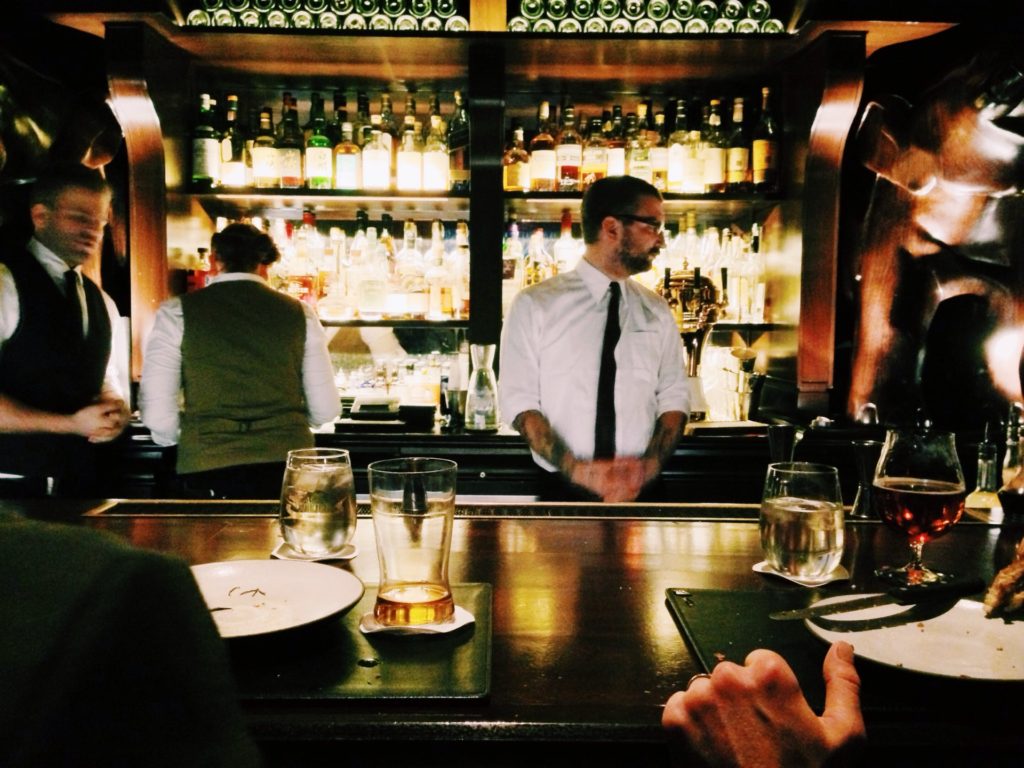
3. A Deep Understanding of the Mechanics of Service
There is a certain beauty to the way a bar is laid out. And I’m not talking about the furniture or the artwork. I’m talking about the actual mapping of the well, the fridge, and the speed rail. I’m talking about how that wonderful little jet you use to rinse your jigger is in just the right place. I’m talking about how on a busy night you rarely have to take more than two steps in any direction, and the drinks just seem to make themselves. These things don’t happen by accident, it’s because someone before you put a lot of thought into how that bar was laid out. Hopefully this process started with the owner when they built the bar, but even if you work in some old, back breaking shithole, there are still things you can do to alleviate some stress and speed up service. Remember this: keep close what you need most.
Start by organizing the reach in refrigerators for service. This means having dedicated spots for everything you use during service and anything else goes in the walk in. Place the things you use most closest to you and make sure everything is clearly labeled. Do the same when you organize the juices and syrups at the service well. I use pieces of colored tape on the necks of the bottles to indicate their contents. Label your batch bottles too, around the top of the bottle so you can see it when looking down at the speed rail. Make sure all of your commonly used glassware is close by and have chilled glassware available if possible. When you organize the bottles on the back bar keep the most popular spirits on the lower shelves and the weird, obscure, expensive stuff up top. See where I’m going with this? The idea is keeping everything as close as possible to limit the amount of wasted movement.
Even if you take the time to map out your workspace as well as you can, there are still some pitfalls to watch for when evaluating the mechanics of service. Keep an eye on your bartenders and see if they grab everything they need the first time they open the fridge, or grab glassware. If they are making four drinks, watch and see how many times they touch each ingredient. If two cocktails have Aperol and they add it to one, finish building, then add it to the other, that needs to be addressed. Maybe they forget something occasionally and that’s okay, but if they are building cocktails one by one or just not being thoughtful about their movements, it’s important you notice. Additionally the barback has a big responsibility when it comes to setting up the bartenders for success. They should ensure that back up bottles of all popular spirits and batches are easily available and all syrup and juices are filled. A really good barback understands the concept of mise en place and sets up the bartender for success.

4. Becoming a Boss
I worked as a bartender for a year before being promoted to Beverage Director so I was friends with the whole staff. Suddenly I was in a position of some authority and I had to figure out how to assert myself without alienating my staff. I am a pretty direct guy and sometimes I can come off as a dick. Now all of a sudden I was running a cocktail program which had been my dream since I began bartending. I don’t think my standards were too high, but I desperately needed to learn tact. I definitely made a cocktail server cry more than once. After a few weeks of strong arming anyone that didn’t do things my way it was clear I needed a new approach. My manager suggested I read Setting the Table by Danny Meyer. Since I was already aware I needed to change my approach, this book was hugely influential. I needed to maintain my friendships while making sure the job was done to a high standard. Mr. Meyer made it very clear that genuine hospitality is the only way to succeed. My team thought of me as a friend, so of course I was asked for favors I couldn’t deliver, or maybe someone would take an extra 5 minutes on break because they knew we were friends and retribution was unlikely. In the end, reprimand was unnecessary because I changed my approach. Honestly, personnel difficulties were the easiest to remedy which leads me to my final point.
5. The Importance of Being the Hardest Working Person on the Team.
I can not stress this point enough. I firmly believe the reason for my success has always been that I am the hardest working person on the team. Not only personal success, but the success of the establishment and my whole team. It all starts from the top down. You can never expect anyone to work harder or care more than you do. Your team will see this. If you are always behind the bar helping out, getting there early and staying late, people will notice. When you ask them to do something like dust the back bar, or organize the back stock they won’t hesitate because they’ve seen you do it a thousand times without complaint. Moreover, your team will respect you which is priceless. Many of the staff from that first beverage director job still call me on Christmas. Three of them I consider to be some of the best friends I have ever had, and I would bet any of them would help me move (a true sign of friendship). That kind of relationship is earned. Earned by showing respect for your coworkers and your business. Running a beverage program can be challenging but if you work hard, stay positive, and always have the team’s best interest at heart, you can bet they will have your back when you need it.
Thanks to Google, Your Resume is No Longer Good Enough
Over the last 12 months it has been easier than ever to get a job....
Read MoreThe Last Time I Drove Drunk
It’s the impossible stories that frame our lives. Those utterly stupid, tragic, unpredictable events that...
Read MoreThe Dangers of Copper Barware
While unlikely to cause real harm, it’s important to be aware Back in 2014, I...
Read MoreWhat Will it Look Like When We Reopen?
As restrictions slowly loosen around the country, it’s only a matter of time before bars...
Read More
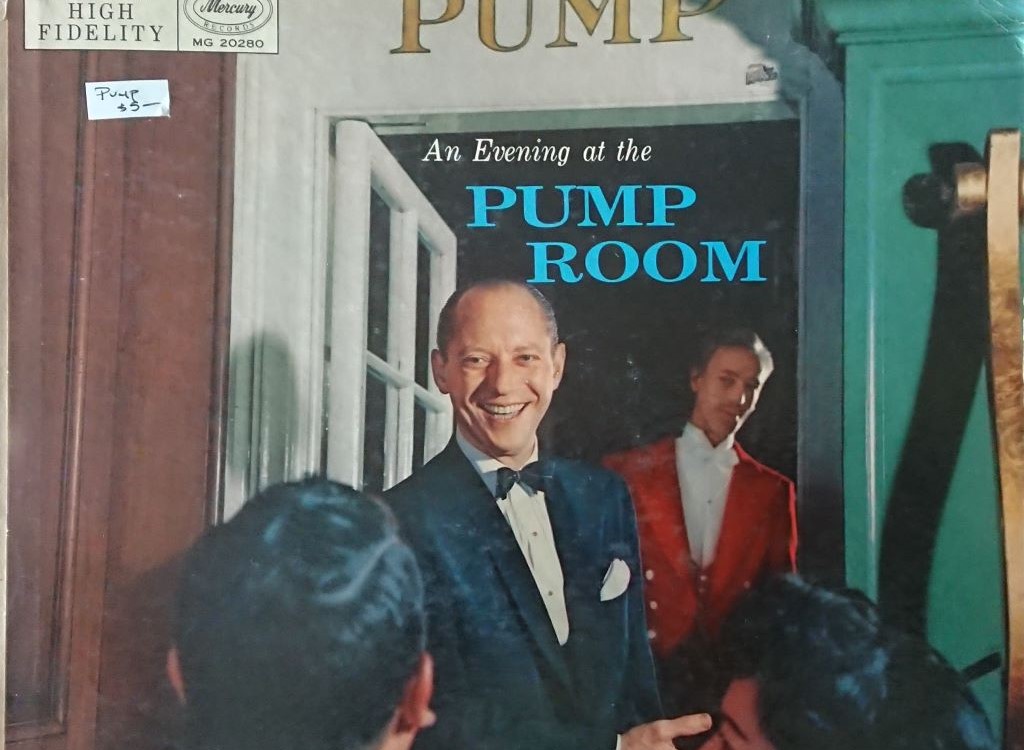
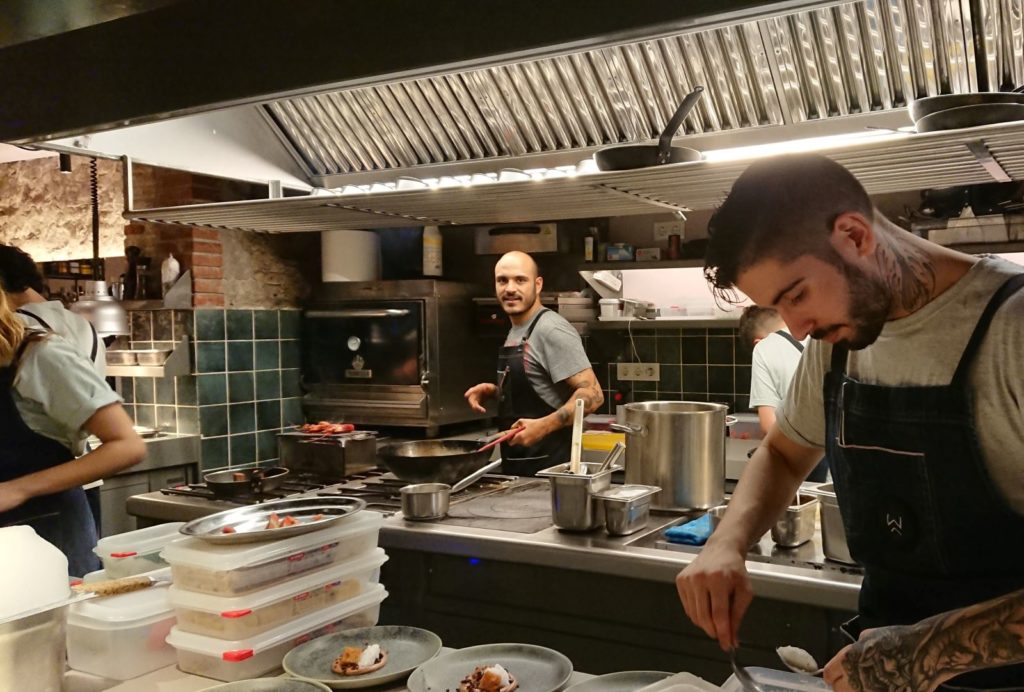


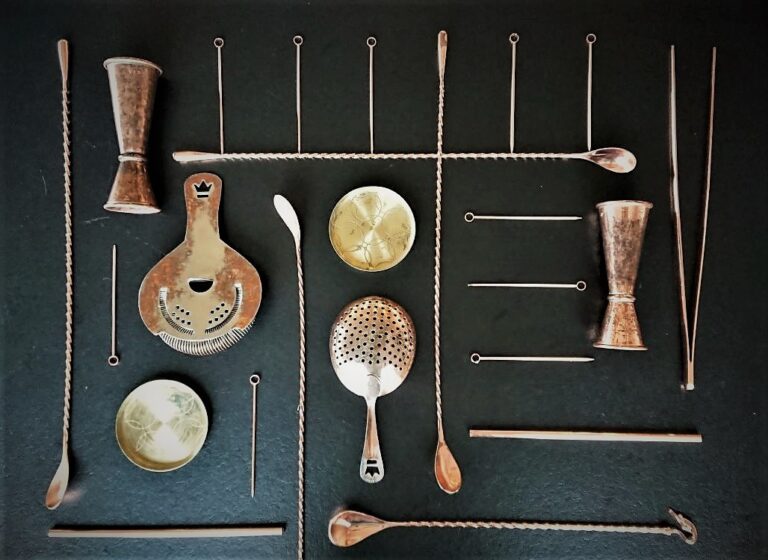
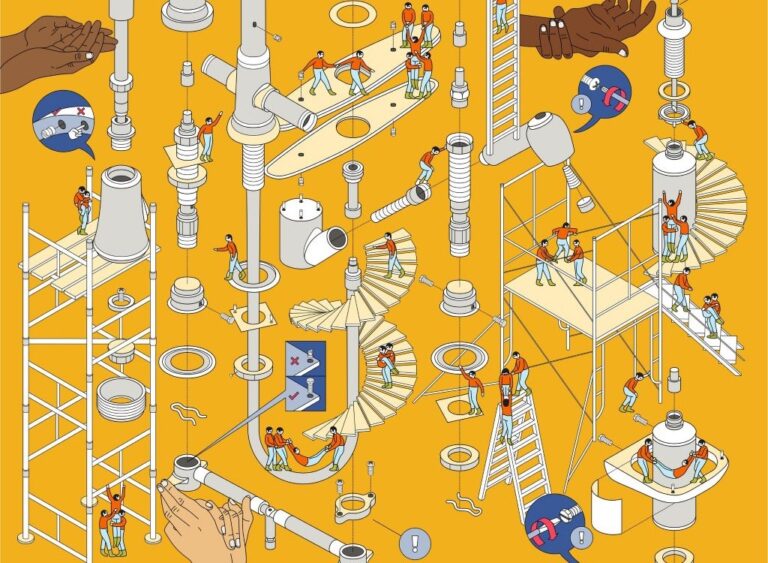
So well written dude. I was there for a good portion of your beginnings and I agree 100%. Loved hearing your thoughts and I hope truly that others listen and take your advice. Reading it really brought me me back to simple things I need to remember. Keep being awesome and hit me up anytime you’re back in Chicago. We can go to butch mcguires,….. if they let us back in?
Thanks Jill. It’s nice to hear your feedback since you were there! I will definitely hit you up next time I’m in Chicago. We need a Pump Room reunion.